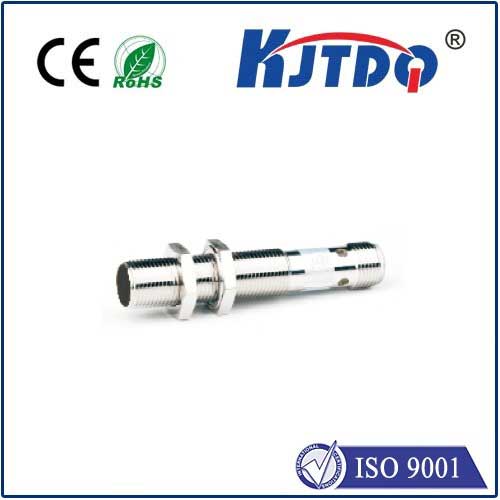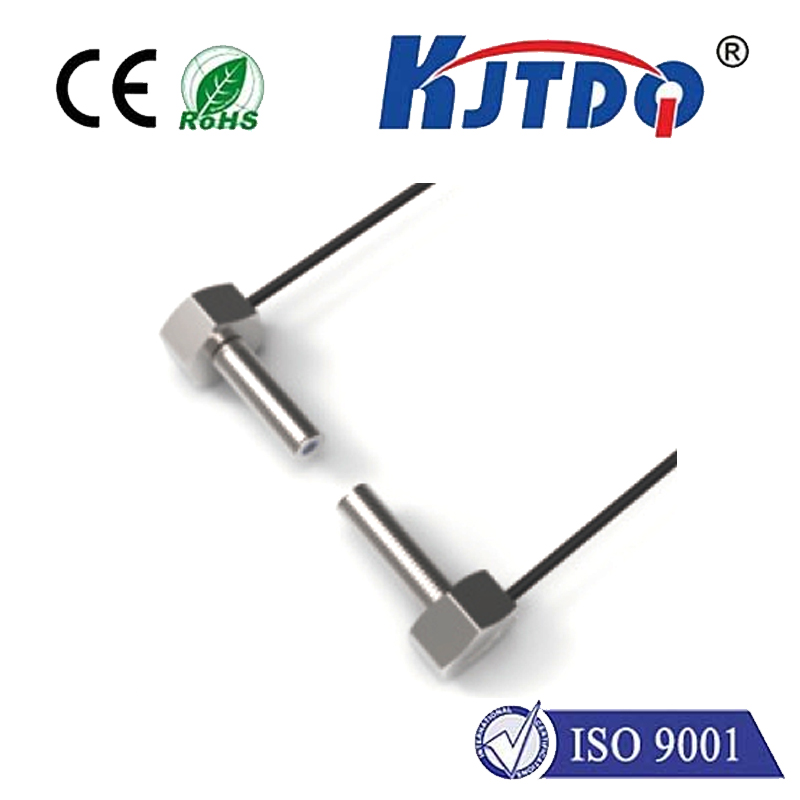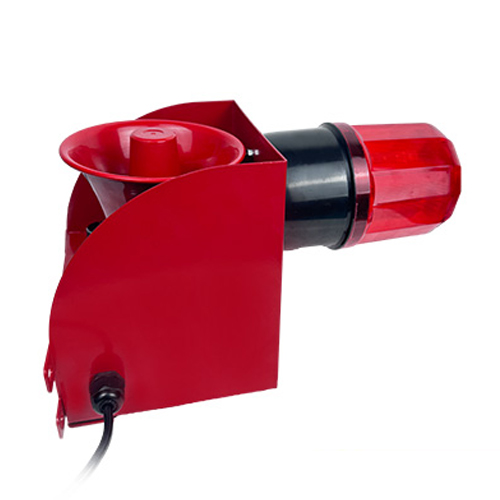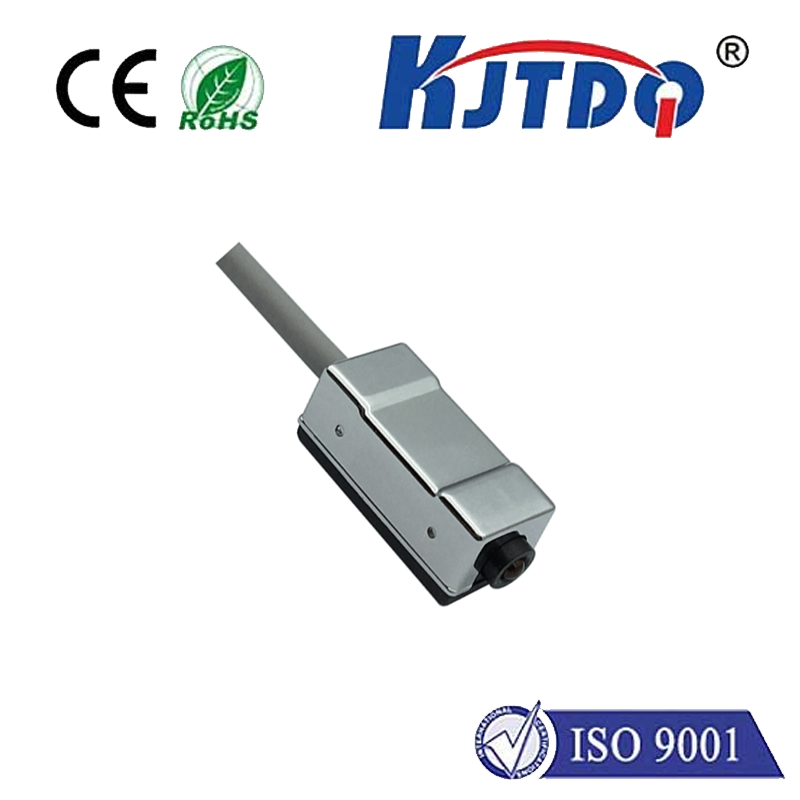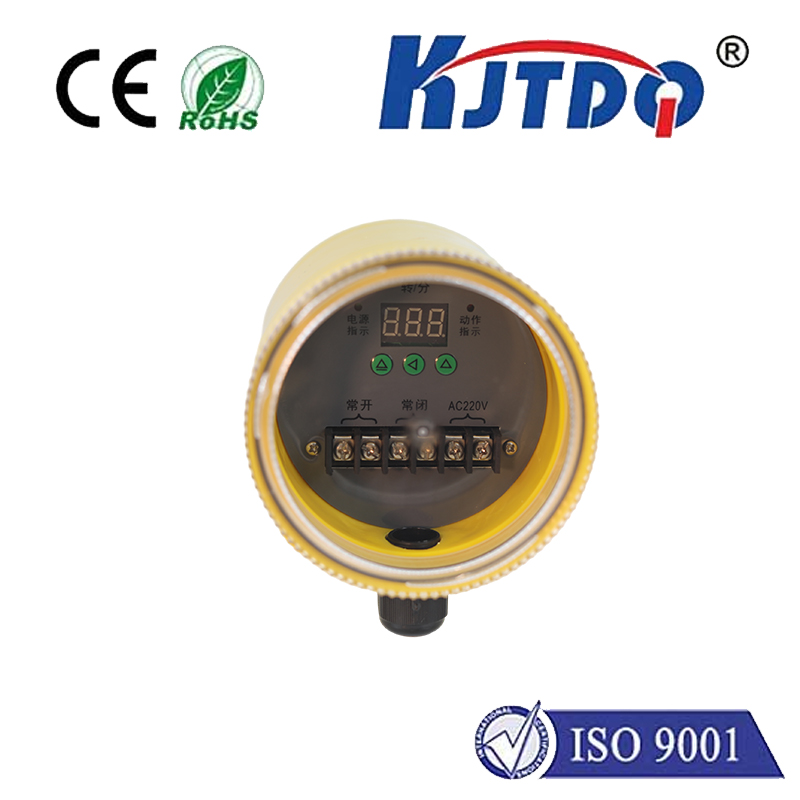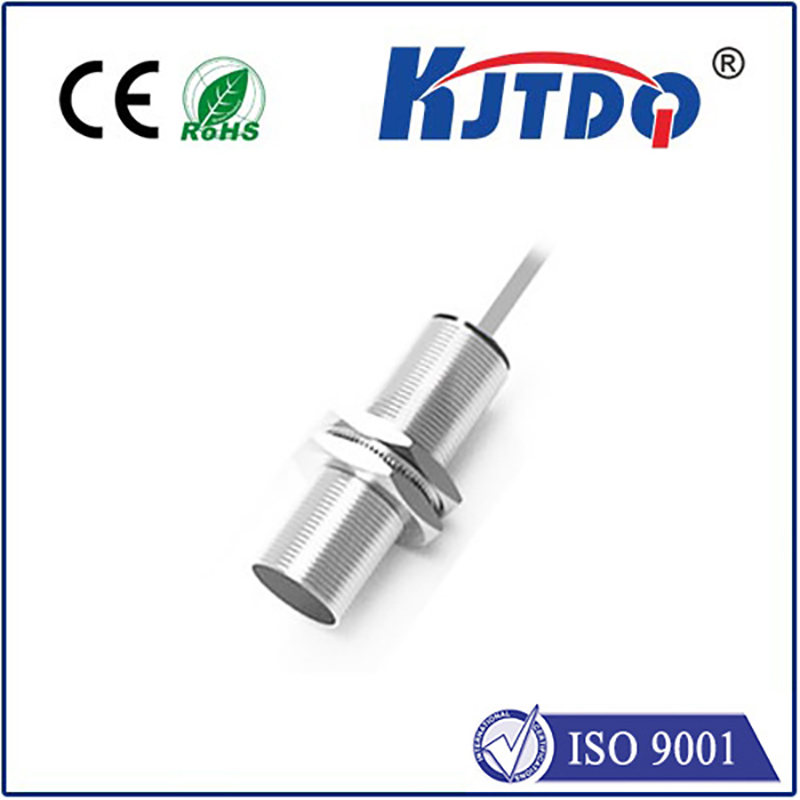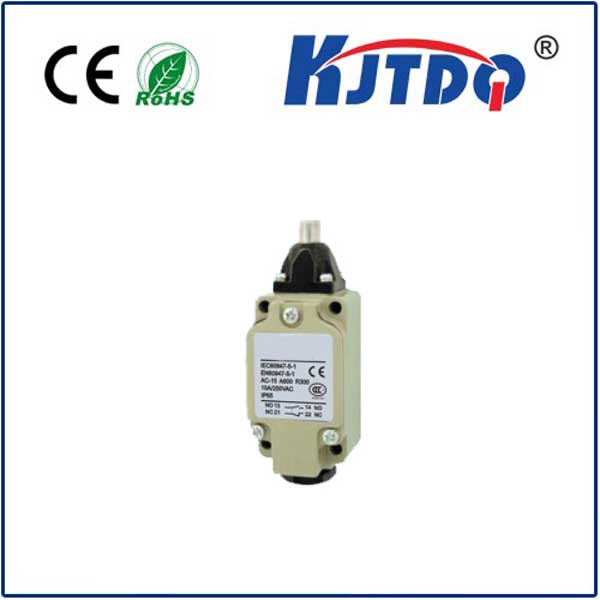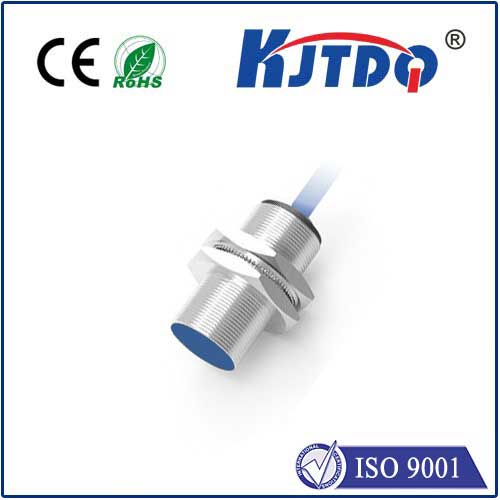cm 1308 limit switch
- time:2025-08-04 12:49:35
- Click:0
Understanding CM 1308 Limit Switches: Applications and Technical Specifications
In the intricate world of industrial automation and machinery control, where precision and reliability are non-negotiable, components like the CM 1308 limit switch play an indispensable role. Think of them as the silent sentinels, the critical feedback points within a system that signal position, detect presence, or prevent overtravel – essentially telling the machine, “This far, and no further.” But what exactly is a CM 1308, and why is it a staple in countless applications? Let’s demystify this essential component.
At its core, a CM 1308 is a specific model of mechanical limit switch. These are electromechanical devices designed to detect the presence or absence of an object, or to monitor the limits of movement within machinery. They physically actuate – meaning a moving part (like a lever, roller, or plunger) is physically moved by the object it’s sensing. This movement triggers an internal snap-action mechanism that rapidly opens or closes electrical contacts within the switch. This change in the electrical circuit provides a clear signal to the machine’s control system (like a PLC - Programmable Logic Controller), indicating a specific condition has been met: a part is in position, a door is closed, or a carriage has reached the end of its travel.
The designation “CM 1308” generally refers to a specific family or series manufactured by a particular company (commonly associated with brands like Honeywell, though specifications can vary slightly depending on the exact manufacturer and sourcing). Key characteristics typically include:

- Housing & Enclosure: Often featuring a robust metal housing (like zinc die-cast) designed for durability and protection in industrial environments. Many models boast an IP65 rating or higher, signifying excellent resistance to dust and water jets, making them suitable for demanding factory floors.
- Actuator Types: A key versatility of the CM1308 series is the availability of different actuator styles to suit various applications:
- Roller Lever: Ideal for sensing objects moving parallel to the switch mounting surface, commonly used on moving machine parts like slides or carriages.
- Rod Lever/Plunger: Suitable for direct, linear push applications where the object approaches head-on.
- Flexible Rod: Offers a degree of flexibility, useful in situations requiring some give or adjustment.
- Wobble Stick: Can detect objects from multiple angles, useful for presence detection in varied orientations.
- Electrical Specifications:
- Contacts: Typically configured as SPDT (Single Pole, Double Throw) or DPDT (Double Pole, Double Throw). This means they offer combinations of Normally Open (NO) and Normally Closed (NC) contacts. Crucially, the NO contact closes when the actuator is triggered, while the NC contact opens upon actuation.
- Voltage & Current Ratings: Commonly rated for standard industrial control voltages like 120VAC, 240VAC, or 24VDC, with contact ratings often around 10A or 15A – sufficient for controlling solenoids, relays, motor starters, or PLC inputs.
- Termination: Often feature screw terminals for reliable wire connection.
- Operating Force & Travel: Defined specifications for how much force is needed to actuate the switch and how far the actuator must travel to trigger the contact change.
Where Does the CM 1308 Limit Switch Shine? Applications Galore
The robustness, reliability, and configurability of the CM1308 mechanical switch make it ubiquitous across numerous industries:
- Material Handling & Conveyor Systems: Detecting package presence/absence, signaling end-of-line positions, ensuring chutes are clear, or triggering diverters at the right moment. Their physical actuation provides positive position feedback crucial for synchronizing conveyor sections.
- Packaging Machinery: Verifying carton flaps are closed, confirming product is in place for sealing or labeling, and detecting jams to halt the machine automatically.
- Door & Gate Interlocks: Ensuring safety doors on machinery (like presses or robots) are securely closed before hazardous operations can commence. The NC contact is often used here; if the door opens, the circuit breaks, stopping the machine immediately. This is a fundamental safety function.
- Machine Tools (CNC, Mills, Lathes): Defining the travel limits for axes (X, Y, Z) to prevent tools or workpieces from crashing into the machine structure. Used as home position sensors or overtravel prevention switches.
- Automated Assembly Lines: Detecting part presence at workstations, confirming robot end-of-arm tools are in the correct position, or sensing when a fixture is loaded/unloaded.
- Process Control: Monitoring valve positions, confirming level positions in tanks (via float linkages), or sensing the status of dampers.
- Elevators & Lifts: Detecting landing positions, confirming door closure, and sensing overtravel at the top or bottom of the shaft.
Why Choose a Mechanical Limit Switch like the CM 1308?
While proximity sensors (inductive, capacitive, photoelectric) offer contactless detection, mechanical limit switches like the CM 1308 retain significant advantages:
- Physical Confirmation: They provide absolute, positive mechanical feedback. If the actuator isn’t moved, the switch isn’t triggered. This is critical for safety interlocks and position limits where false signals are unacceptable.
- Simplicity & Directness: The principle is straightforward and easily understood – physical movement directly controls electrical contacts. Wiring and troubleshooting are generally simpler than with more complex electronic sensors.
- Cost-Effectiveness: For many basic position sensing and limit applications, mechanical switches remain a highly economical solution.
- Robustness: Well-constructed models like those in the CM1308 series can withstand significant mechanical shock, vibration, and harsh environmental conditions (oil, coolant, dust, temperature extremes) that might damage more sensitive electronic sensors.
- High Current Capacity: They can often switch higher currents directly (like small motors or solenoids) without needing an intermediate relay, simplifying control panel design.
Installation and Maintenance Considerations
To maximize the longevity and reliability of your CM 1308 limit switch:
- Secure Mounting: Ensure the switch is rigidly fixed to prevent movement or vibration that could cause false signals or damage.
- Actuator Alignment: The actuator (lever, roller, plunger) must be correctly positioned relative to the target object to ensure smooth, reliable operation without binding or excessive force. Misalignment is a common cause of premature failure.
- Overtravel: Allow for some movement beyond the actuation point. High-quality switches like the CM 1308 are designed with this in mind, but excessive overtravel can still damage the actuator or internal mechanism. Consider adding external stops.
- Lever Adjustment: Many lever actuators offer adjustable length or pre-travel settings. Fine-tune this for optimal performance in your specific application.
- Environmental Protection: While IP65-rated, ensure vents (if any) are positioned correctly to prevent ingress. Regularly wipe down the housing and check for damage to the actuator seal. Lubricate moving parts sparingly with appropriate lubricants if recommended by the manufacturer.
- Electrical Checks: Periodically verify contact operation using a multimeter to ensure reliable switching action. Check terminal tightness to prevent connection failures.
In conclusion, the CM 1308 limit switch exemplifies the enduring value of well-engineered mechanical sensing solutions. Its versatility across actuator types, robust construction meeting demanding IP ratings, reliable snap-action contacts (both NO and NC), and ability to handle significant electrical loads make it a fundamental building block in countless industrial control and automation systems. From ensuring the simple position feedback needed on a conveyor to performing the critical safety function of a machine guard interlock, the CM1308 continues to be a trusted workhorse, proving that sometimes, the tried-and-true mechanical approach remains the most effective solution. For engineers designing systems requiring dependable physical position sensing or end-of-travel limits, understanding and correctly implementing the **CM130






